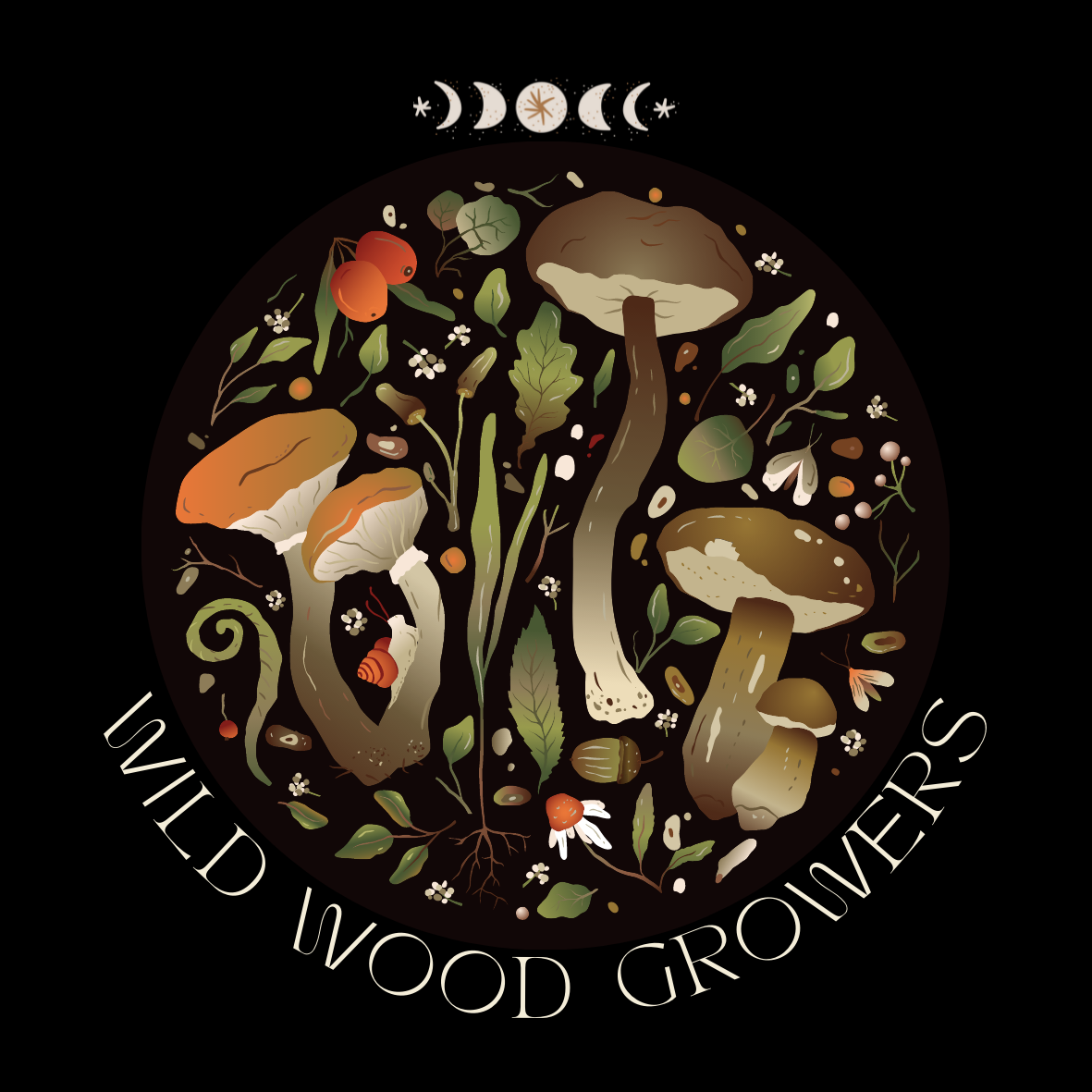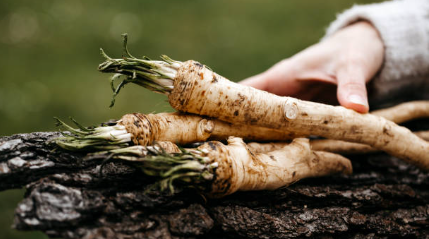What is Horseradish?
Horseradish is a popular root vegetable that is often used as a condiment or ingredient in sauces and salads. It is closely related to cabbage, broccoli, and mustard and can be eaten raw, cooked, or pickled. The roots can be grated and used to flavour soups, stews, and meats. It has a sharp, pungent flavour that can add a kick to any dish. Horseradish is also a popular choice as an ingredient in Bloody Marys. If you like to experiment with new flavors, then growing horseradish in your kitchen garden is a great idea.
Health Benefits of Horseradish
The pungent flavor of horseradish comes from the compound allyl isothiocyanate. This compound is also found in mustard, wasabi, and cabbage. When the root is cut or grated, enzymes convert glucosinolates into allyl isothiocyanate. This reaction releases sulfur compounds that give horseradish its characteristic odour. Allyl isothiocyanate has potent medicinal properties. It has been shown to boost the immune system, improve circulation, and aid in digestion. In the Middle Ages, horseradish was thought to be a cure for various ailments including coughs, colds, and sore throats. The root was also thought to have digestive properties. Horseradish can also be used as a natural expectorant to relieve congestion such as sinus infections and bronchitis.
Growing Horseradish
If you’re interested in growing horseradish, it’s surprisingly easy to do! Horseradish prefers full sun and well-drained soil. It’s best to plant horseradish in the spring after all danger of frost has passed.
Plants can be grown by seed, but it’s much more common and easier to raise from pieces of root, known as thongs, which are available from specialist growers or garden centres in spring or from pot-grown plants that can be bought all year round.
To grow in pots, fill with multi-purpose compost, make some deep vertical holes with a dibber, then drop in a thong so that the top is 5cm (2in) beneath the surface of the compost and cover. Three thongs in a 30cm (12in) container is ideal. Place in a sunny or partially shaded spot. Growth will soon appear from above the surface of the compost or soil in spring.
Plants can become invasive and difficult to eradicate when grown in the ground. They are best kept under control by growing in pots or raised beds filled with rich, well-drained soil. Keep plants well watered during the growing season, especially during periods of drought to prevent the foliage from withering.
When Is The Best Time To Harvest Horseradish?
Horseradish is typically harvested in the autumn after the plant has had a chance to mature. However, if you live in an area with mild winters, you can also harvest horseradish in late winter or early spring. Keep an eye on the weather forecast and harvest your horseradish once the leaves die back in autumn, ideally after frost, which enhances its flavour. If your horseradish is growing in pots tip the plant out of its container and remove about half of the slender white roots. Replant the remaining roots back in the container, in fresh potting compost. Regardless of when you harvest it, make sure to do so before the plant flowers. Once horseradish flowers, the flavour of the roots will become mild and bland.
For horseradish that has been established in beds simply dig up the root with a shovel or spade. Be careful not to damage the roots as you dig them up. Cut off the leaves about 1-2 inches from the root and discard them. Rinse the roots well and allow them to air dry for a few hours before storing them in a cool, dark place. They will keep fresh for several months if stored correctly.
Whether you’re looking to add some zing to your cooking or searching for a home remedy with proven health benefits, horseradish is worth considering as an addition to your garden. This versatile root vegetable has a long history of culinary and medicinal use. So go ahead and give it a try. Your taste buds (and your body) will thank you.
Use our recipe to make your own classic horseradish sauce.

